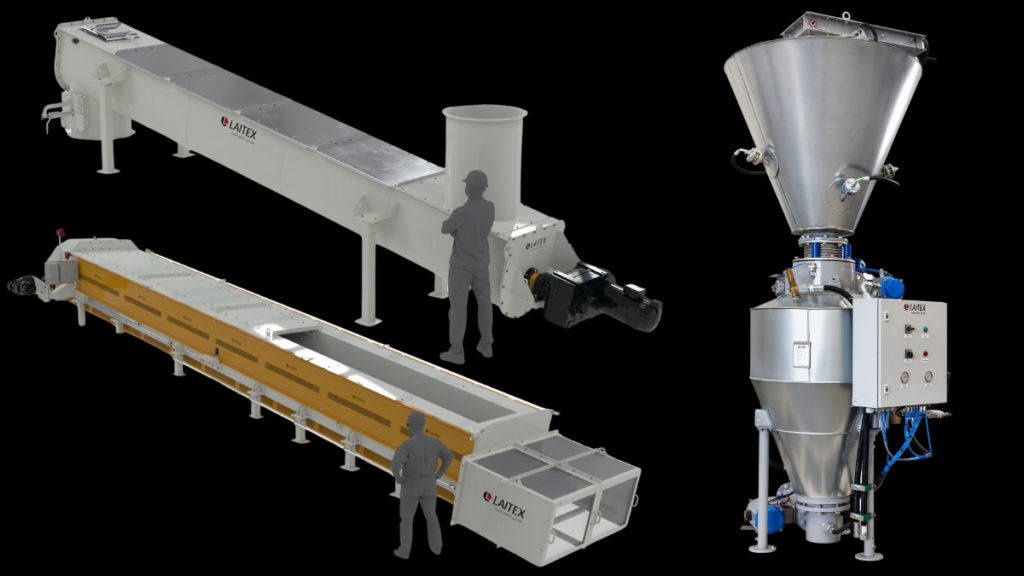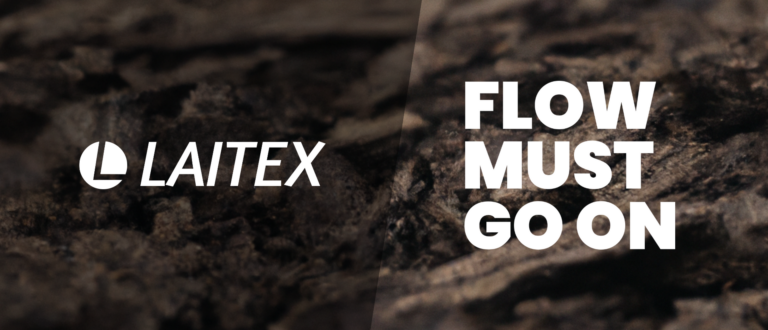Lignin is a complex organic polymer found in the cell walls of many plants, especially in wood and bark. It is the second most common natural polymer on Earth after cellulose. For many years, lignin was considered a waste product in the paper and pulp industry, generated as a byproduct of the manufacturing process. However, in recent years, lignin has gained significant interest as a promising material for various applications.

One of the key advantages of lignin is its high strength and stiffness. Lignin is a heavily cross-linked polymer that provides structural support to plants. This property makes lignin a promising material for composite materials. Lignin can be used as a binder with natural fibers such as flax, hemp, and cotton, creating strong and lightweight composites.
Lignin also exhibits excellent heat resistance, making it a potential candidate for high-temperature applications. Lignin can be converted into a carbon-rich material called lignin char, which can be used in the production of carbon fibers and as a precursor for carbon-based materials.
Another promising application of lignin is in bioenergy production. Lignin can be broken down into smaller molecules and converted into liquid biofuels. This process has the potential to reduce our dependence on fossil fuels and lower greenhouse gas emissions.
In addition to its strength and heat resistance, lignin is a renewable and sustainable material. Its use in various applications can decrease reliance on non-renewable raw materials and reduce environmental impact.
Handling and conveying lignin with conveyors require careful consideration of lignin’s properties and the type of conveyor used. Laitex has years of experience in material handling technology and expertise in dealing with materials like lignin. Lignin is a dry, powdery substance that can generate significant dust, which can be problematic for conveyors not designed for handling fine particles or those susceptible to environmental conditions. Dust control is crucial when handling lignin. Depending on the stage of the process, lignin can also be moist and adhesive, posing its own challenges in handling and conveying. Laitex provides suitable solutions for such challenges.
Some of the conveyor systems in Laitex’s product range suitable for lignin conveying include screw conveyors, belt conveyors, and pneumatic conveyors. Screw conveyors are particularly effective for transporting dry powders like lignin, as they are designed to handle materials that are difficult to convey by other means. Pneumatic conveyors use air pressure to transfer materials, providing an efficient way to transport lignin without dust formation.

When conveying lignin, it is crucial to implement measures preventing the material from escaping the conveyor and creating hazardous situations, such as dust explosions. This may involve the use of dust removal systems, enclosed conveyors, or other measures to control the material during transportation. Additionally, proper maintenance of the conveyor system is essential to prevent blockages or other issues that may disrupt the flow of the material.
Laitex’s solutions for lignin conveying are not only sustainable and reliable but also environmentally friendly. Lignin is a renewable and sustainable material, making it an ideal choice for companies looking to reduce their environmental impact by replacing non-renewable materials with renewable ones. Laitex’s solutions are dedicated to helping customers achieve their sustainability goals.
In summary, Laitex’s solutions for lignin handling and conveying provide a unique combination of sustainability, reliability, and sustainable development. By choosing Laitex’s solutions, companies can reduce their environmental impact while improving their material handling processes.
FLOW MUST GO ON!


